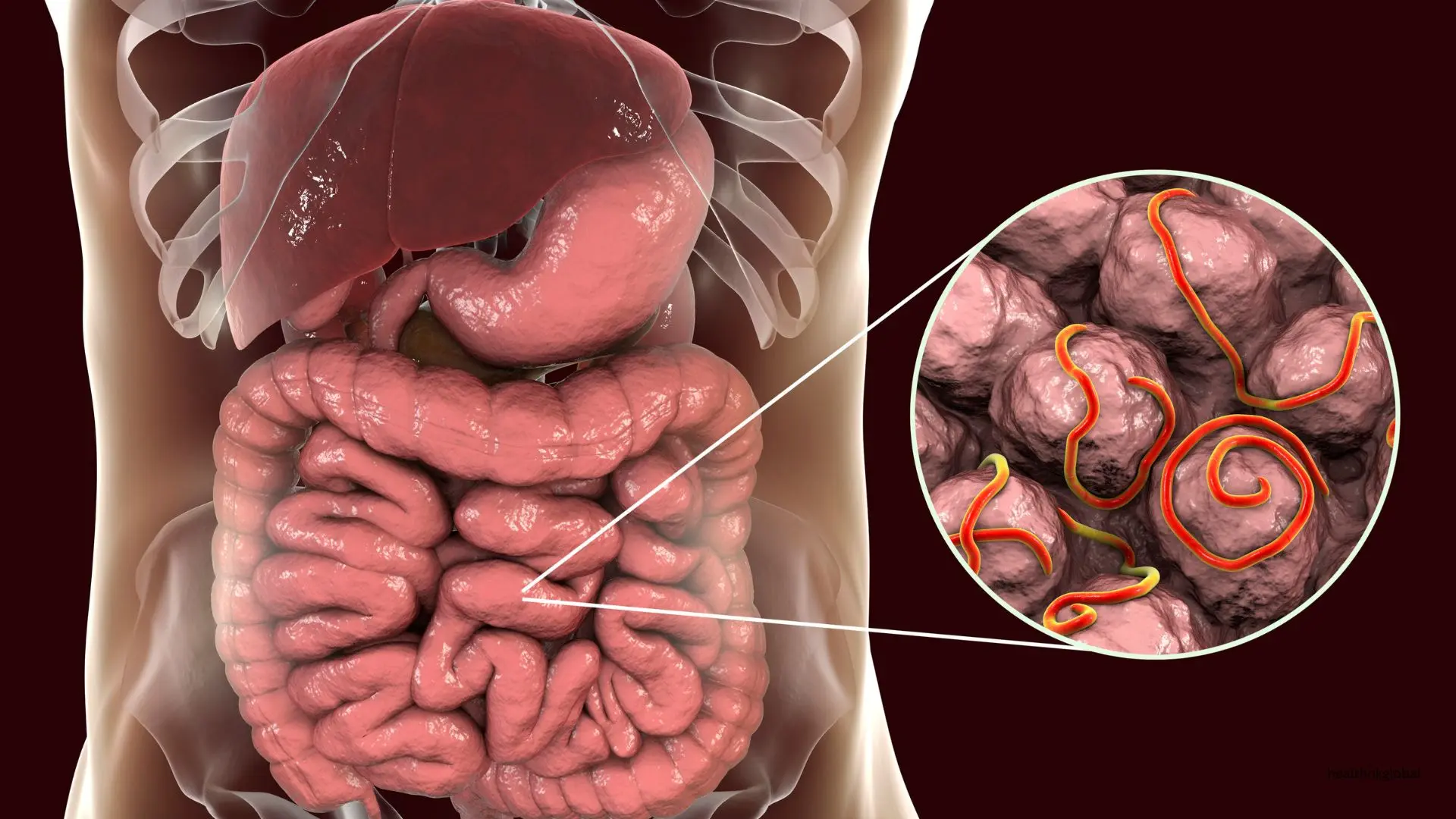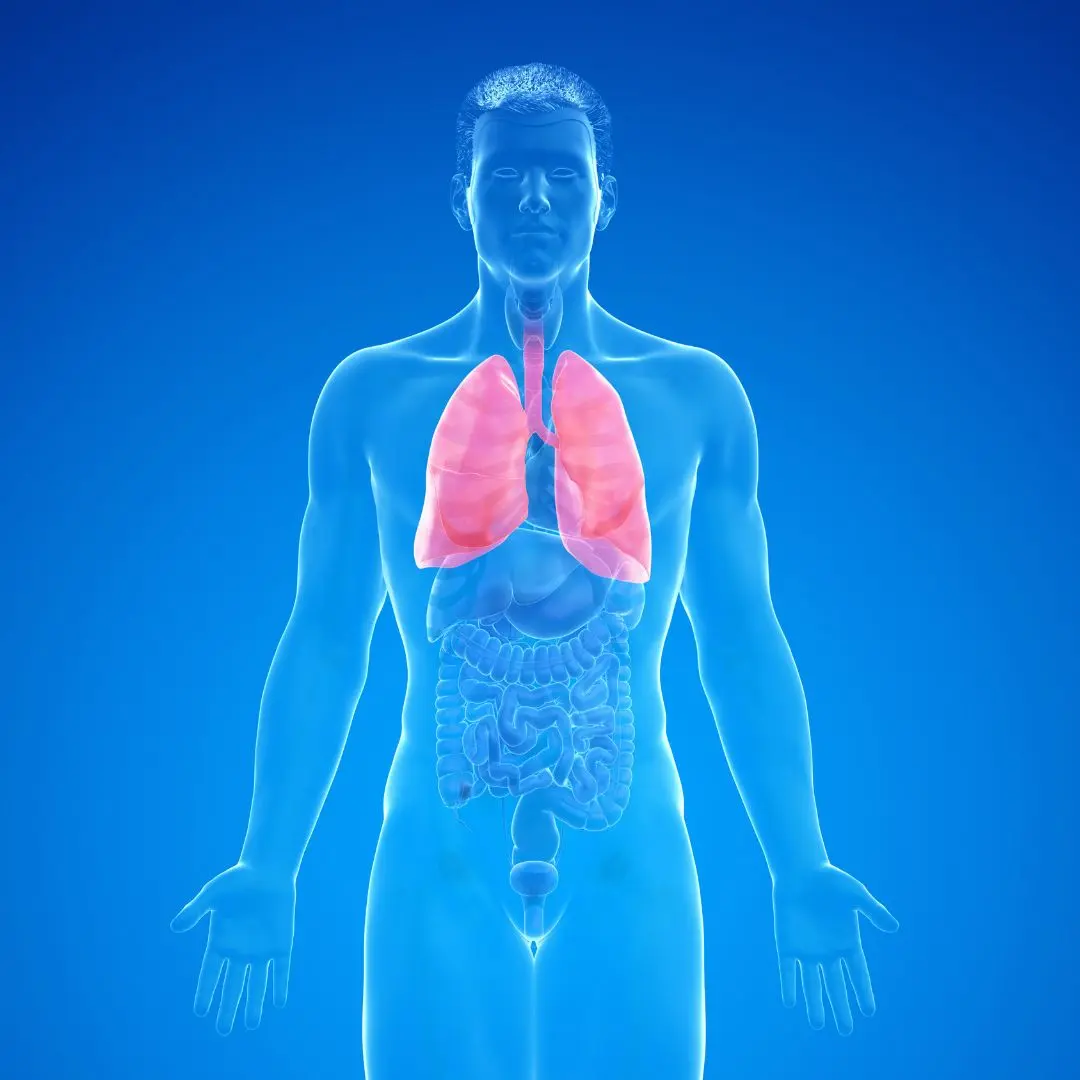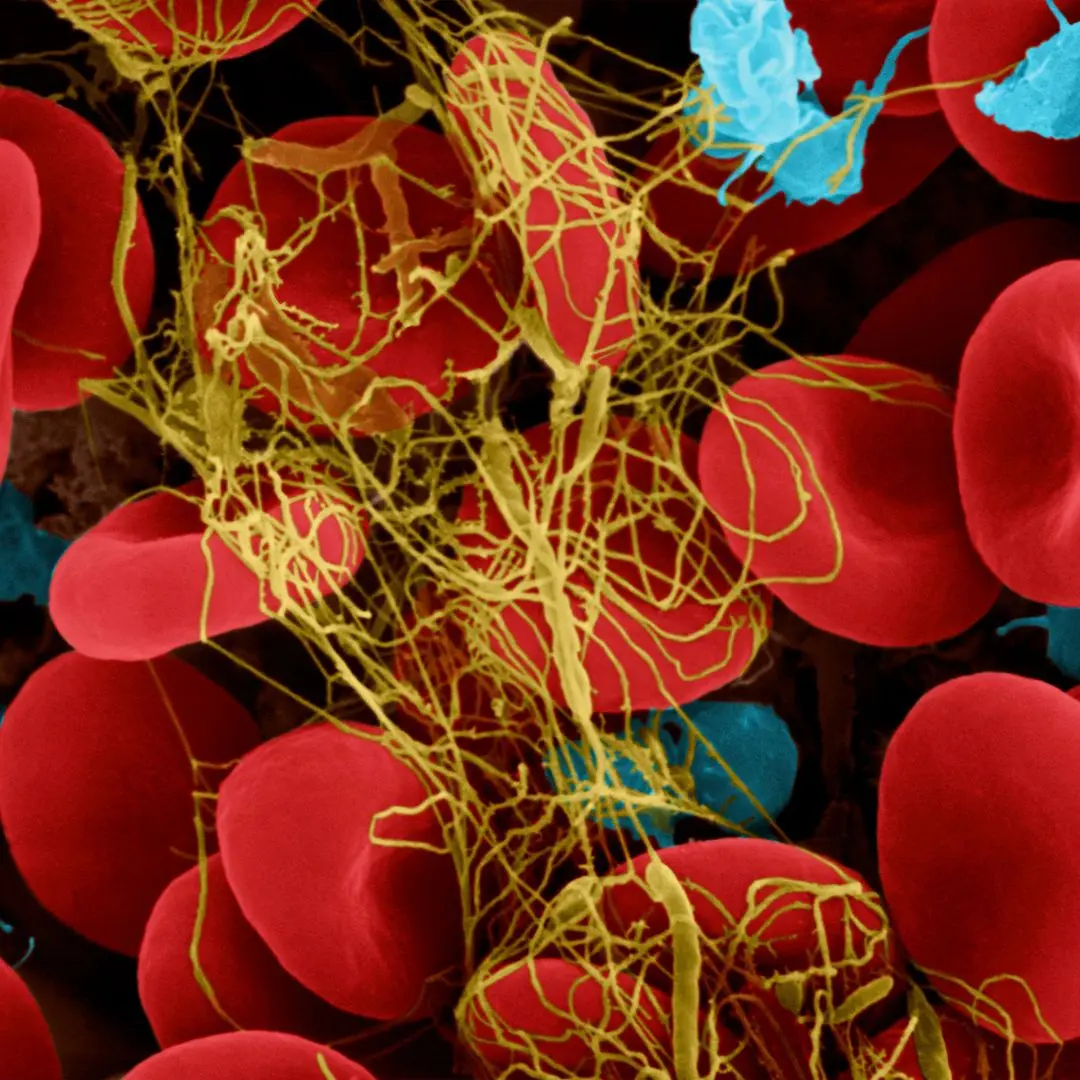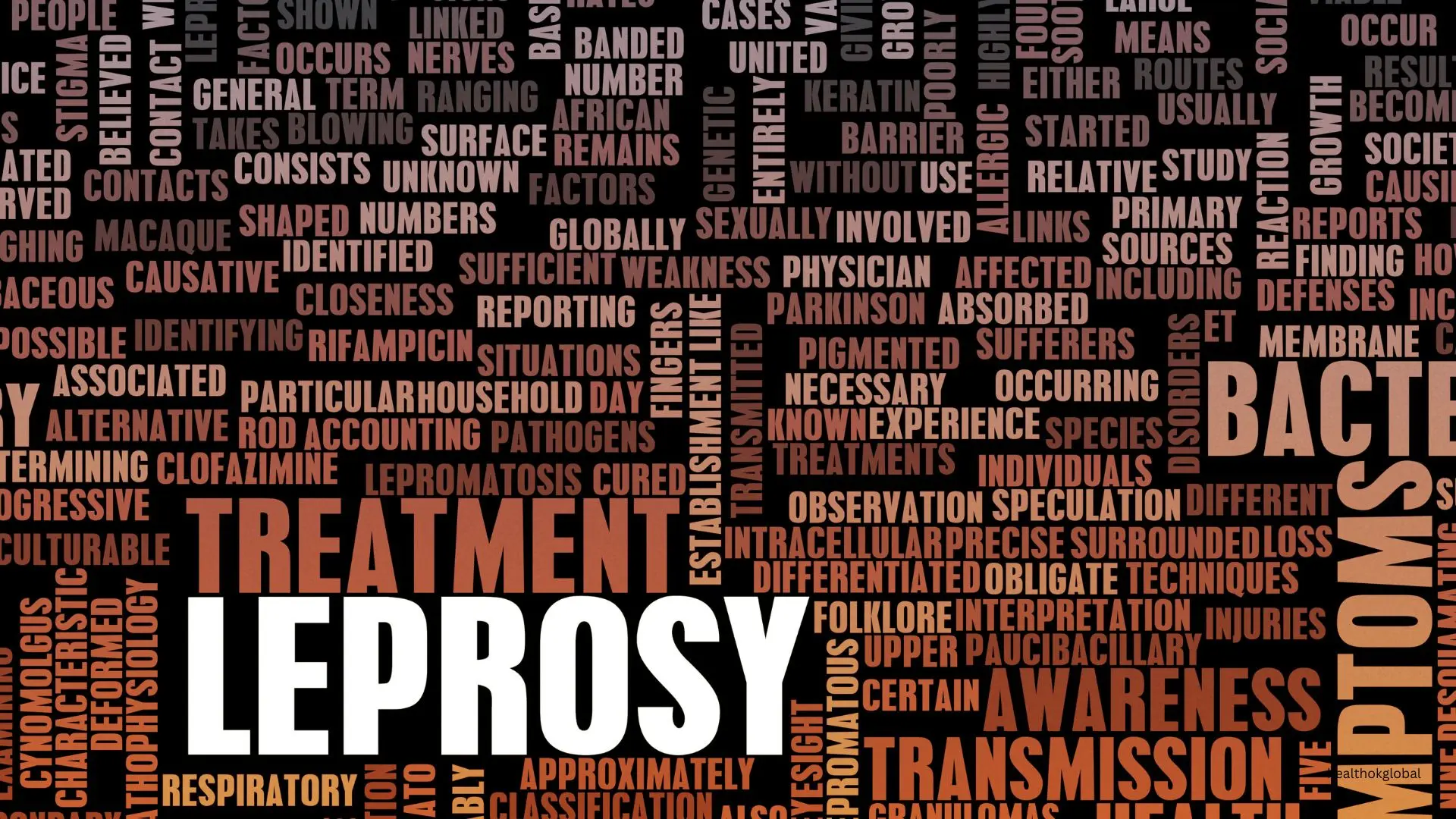Autoimmunity is a condition where the body's immune system mistakenly attacks its own tissues.

Blog
Mechanism of Autoimmunity: Understanding the Body's Immune Response
Autoimmunity is a condition where the body's immune system mistakenly attacks its own tissues, perceiving them as foreign invaders. This misdirected immune response can lead to a variety of autoimmune diseases, affecting different organs and systems within the body. Understanding the mechanism of autoimmunity is crucial for developing effective treatments and managing these conditions. This article explores the underlying mechanisms, causes, symptoms, and potential treatment options for autoimmune diseases.
The immune system is a complex network of cells, tissues, and organs that work together to defend the body against harmful pathogens such as bacteria, viruses, and fungi. The primary components of the immune system include white blood cells (leukocytes), antibodies, the complement system, the lymphatic system, the spleen, the thymus, and the bone marrow. When functioning correctly, the immune system can distinguish between self and non-self, targeting only foreign invaders while sparing the body's own tissues.
In autoimmune diseases, the immune system loses the ability to differentiate between self and non-self, leading to an attack on the body's own cells and tissues. Several mechanisms can contribute to the development of autoimmunity:
Certain genetic factors can increase an individual's susceptibility to autoimmune diseases. Specific genes related to immune function, such as those in the major histocompatibility complex (MHC), play a critical role in the development of autoimmunity. Inherited genetic variations can affect how the immune system recognizes and responds to self-antigens.
Molecular mimicry occurs when foreign antigens, such as those from infectious agents, share structural similarities with the body's own proteins. This similarity can trigger an immune response that mistakenly targets both the pathogen and the body's tissues, leading to autoimmunity. Examples include the association between rheumatic fever and streptococcal infections.
The immune system has various regulatory mechanisms to prevent inappropriate immune responses. Regulatory T cells (Tregs) play a crucial role in maintaining immune tolerance by suppressing autoreactive T cells. A failure in these regulatory mechanisms, due to genetic or environmental factors, can lead to the breakdown of immune tolerance and the development of autoimmunity.
Environmental factors such as infections, toxins, drugs, and stress can contribute to the development of autoimmune diseases. Infections can act as triggers by inducing molecular mimicry or by causing tissue damage that exposes hidden self-antigens to the immune system. Other environmental factors can alter immune function and promote autoimmunity.
There are over 80 different autoimmune diseases, each affecting various parts of the body. Some common autoimmune diseases include:
RA is an autoimmune disorder that primarily affects the joints, causing inflammation, pain, and swelling. Over time, it can lead to joint damage and deformities.
SLE is a systemic autoimmune disease that can affect multiple organs, including the skin, joints, kidneys, and nervous system. Symptoms vary widely and can include fatigue, joint pain, and skin rashes.
Type 1 diabetes is an autoimmune condition in which the immune system attacks and destroys insulin-producing beta cells in the pancreas, leading to high blood sugar levels.
MS is a chronic autoimmune disease that affects the central nervous system, leading to symptoms such as muscle weakness, coordination problems, and vision disturbances.
Hashimoto's thyroiditis is an autoimmune disorder in which the immune system attacks the thyroid gland, leading to hypothyroidism (an underactive thyroid). Symptoms can include fatigue, weight gain, and depression.
The symptoms of autoimmune diseases vary widely depending on the specific condition and the organs affected. Common symptoms include:
Persistent tiredness and lack of energy.
Pain, stiffness, and swelling in the joints, often seen in rheumatoid arthritis and lupus.
Reduced muscle strength and endurance, common in multiple sclerosis.
Rashes, including the butterfly-shaped rash across the cheeks and nose seen in lupus.
Symptoms such as abdominal pain, diarrhea, and bloating, often seen in autoimmune conditions affecting the digestive tract.
Diagnosing autoimmune diseases can be challenging due to the wide range of symptoms and overlapping features with other conditions. A thorough medical history, physical examination, and laboratory tests are essential for accurate diagnosis. Common diagnostic tests include:
Tests to detect specific autoantibodies, inflammation markers, and other indicators of autoimmune activity.
X-rays, MRIs, and ultrasounds to assess the extent of organ or joint damage.
Tissue samples may be taken for microscopic examination to confirm the presence of autoimmune activity.
The treatment of autoimmune diseases aims to reduce symptoms, control the autoimmune response, and maintain the body's function. Common treatment options include:
Anti-inflammatory drugs, corticosteroids, immunosuppressants, and biologic agents to control inflammation and modulate the immune system.
Dietary modifications, regular exercise, stress management, and adequate sleep to support overall health and reduce symptom severity.
Therapeutic exercises to improve joint mobility, muscle strength, and overall function.
Acupuncture, massage, and other complementary therapies may provide symptom relief and improve quality of life for some patients.
Autoimmunity involves a complex interplay of genetic, environmental, and immune factors. Understanding the mechanism of autoimmunity is crucial for diagnosing, managing, and treating autoimmune diseases. Early detection, appropriate medical intervention, and lifestyle modifications can help manage symptoms and improve the quality of life for individuals with autoimmune conditions. Ongoing research continues to shed light on the underlying mechanisms of autoimmunity, paving the way for new and more effective treatments in the future.
The immune system is a complex network of cells, tissues, and organs that work together to defend the body against harmful pathogens such as bacteria, viruses, and fungi. The primary components of the immune system include white blood cells (leukocytes), antibodies, the complement system, the lymphatic system, the spleen, the thymus, and the bone marrow. When functioning correctly, the immune system can distinguish between self and non-self, targeting only foreign invaders while sparing the body's own tissues.
In autoimmune diseases, the immune system loses the ability to differentiate between self and non-self, leading to an attack on the body's own cells and tissues. Several mechanisms can contribute to the development of autoimmunity:
The symptoms of autoimmune diseases vary widely depending on the specific condition and the organs affected. Common symptoms include:
Need Personalized Health Guidance?
Get expert advice tailored to your specific health needs from our qualified healthcare professionals.





